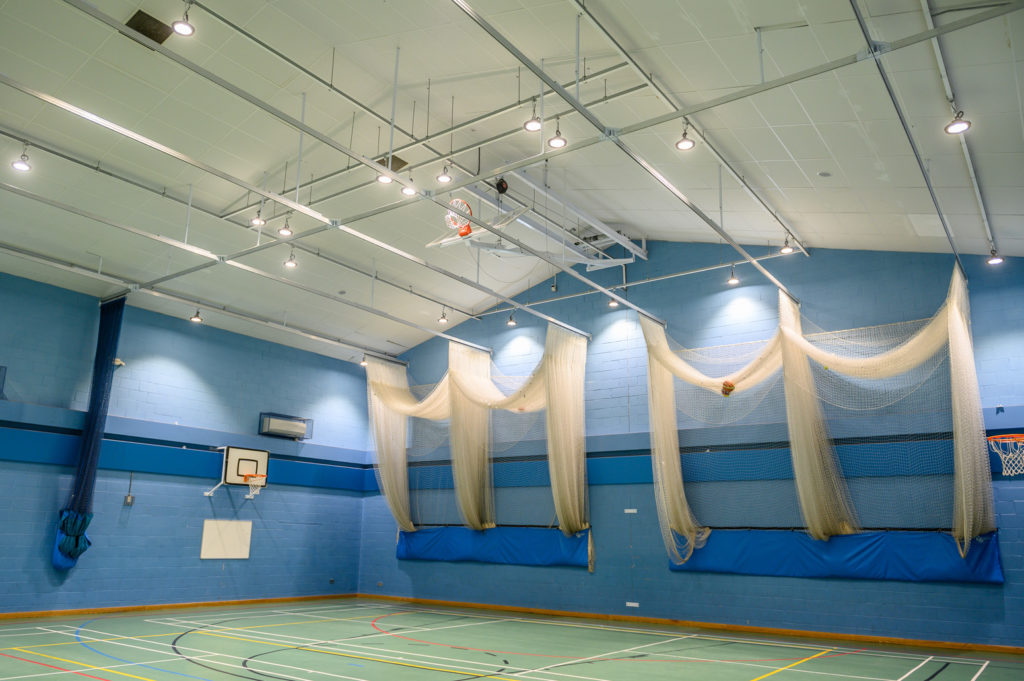The path to net zero can be hastened by schools changing their light bulbs, says eEnergy. It is NetZeroWeek and data reveals that schools in England could save 937,860 tonnes of CO2 every year by installing LED lighting[1], according to eLight, a Light-as-a-Service (LaaS) firm, part of eEnergy.
Each school, on average, saves 38.5 tonnes in CO2 each year following a switch to LED lighting. Given it has been estimated that each person in England is responsible for 9.84 tonnes of CO2 per year, and that one tonne of CO2 equates to the average emission of one passenger on a return-flight from London to New York, the scale of energy savings is vast.
With the UK targeting Net Zero by 2050, schools have a major part to play, says Harvey Sinclair, CEO eEnergy Group, eLight’s parent company: “Making the change to LED lighting is transformative in terms of energy savings and as easy as flicking a light switch. The lighting-as-a-service model means no capital expenditure is needed to make the change and ensures that upgrades can take place immediately.”
Cost has been seen as a significant barrier in implementing measures to allow schools to become net zero, but there are now a range of pay-as-you-go energy options. LaaS requires no upfront capital outlay, the lighting supplier remains responsible for monitoring and maintenance and LaaS guarantees both energy and financial savings.

eEnergy supplies LED LaaS to schools and other organisations via eLight, and Harvey Sinclair has seen the impact that making the switch to LED can provide. “Schools are one of the largest contributors to UK carbon emissions but the energy savings from switching to LED are huge,” Harvey said. “Furthermore, financial savings on energy bills can be used elsewhere in the school, while the improved lighting means better concentration for pupils and teachers and creates a softer environment more conducive to learning.”
“There are many variables that come into play when calculating the emissions savings realised by LED lighting in schools. But almost one million tonnes of emissions saving per year is highly significant and equates to more than 43 million trees planted annually in England. This is a major contribution for schools on their net zero journey.”
eEnergy analysis of government data earlier in 2021 revealed that many schools are failing to grasp energy efficiency opportunities [2]. This showed that expenditure on energy costs by local authority-maintained schools in England has increased by 6.5% per pupil over the past five years, from £74.56 in 2014-15 to £79.42 in 2019-20.
For schools keen to understand the impact switching to LED will have on their carbon footprint and the amount of cost savings realised by doing so, eLight provides a free calculator to work out the approximate figures.
1. Data taken from eLight 2020/21 sales of LaaS across 51 schools in England of varying sizes and extrapolated across the 24,360 schools in England.
2. eLight analysis of CFR School Income and Expenditure, updated 11 Feb 2021. The analysis covers energy expenditure in 2014-15 and 2019-20 (the latest year available).









